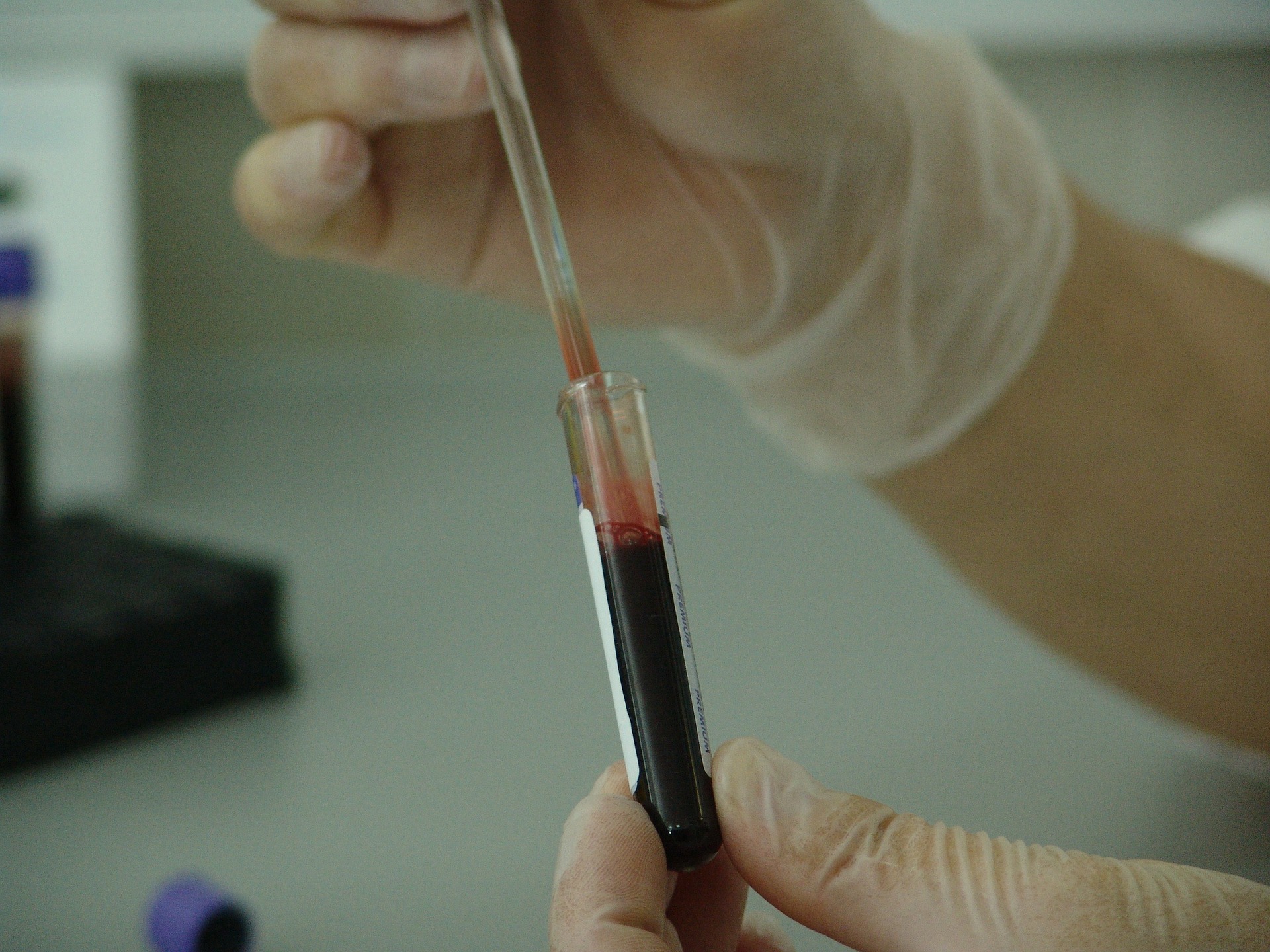For most of people living outside of China, Coronavirus is a Chinese virus. So much so that, even in India, people from North East India are called Corona. US President had gone on record saying it is a Chinese virus. However, he’s not alone in blaming China, the origin of the COVID-19, for failing to contain the deadly disease.
Few days ago, it was reported that in Delhi, a man on scooty spat on a woman from Manipur, calling her ‘corona’ as he sped away. In another incident, nine young professionals from Nagaland living in Gujarat’s Ahmedabad with no travel history or symptoms were forced to spend more than 24 hours in a quarantine facility because they were mistaken as ‘Chinese’.
The pandemic has led tons of people online to constantly abuse the country and its citizens, even spitting racial slurs. A report from L1ght, a company that specializes in measuring online toxicity, suggests there has been a 900% growth in hate speech towards China and Chinese people on Twitter.
The report notes that there’s palpable tension related to the disease, and as people spend more time online reading about it, an increasing number of folks are using foul language to generally accuse people of Asian descent of causing the COVID-19 pandemic:
People are spending more and more time online, and so are being exposed to more and more hate speech and incitement. Instigators of hate are likely using the general feeling of uncertainty and tension to stir up discriminatory behavior, and, according to our data, racist abuse is being targeted most explicitly against Asians, including Asian Americans. Toxic tweets are using explicit language to accuse Asians of carrying the coronavirus and blaming people of Asian origin as a collective for spreading the virus.
The findings come as numerous US rights groups, activists and politicians have sounded the alarm about a surge in the number of racist incidents directed at Asian Americans.
L1ght analyzed millions of websites, social networks, teen chatting forums and gaming sites from December 2019 to today, along with images, videos and voice recordings to identify increases in hate speech, cyberbullying and general online toxicity.











